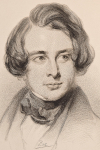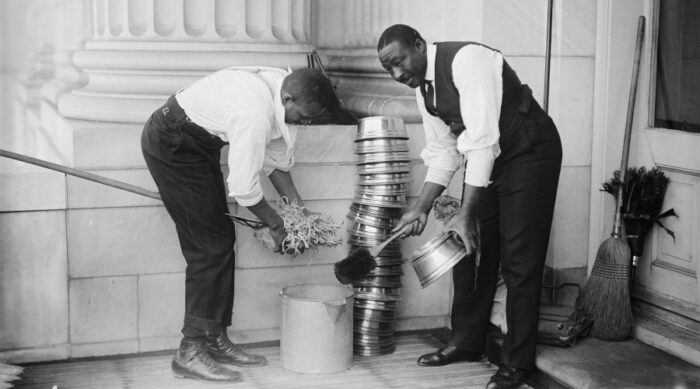
Every visitor today to the Capitol can’t but notice the extreme care that is taken to keeping the edifice in top shape. From the Architect of the Capitol down to the cleaning crews, everyone ensures that the building not only looks good today, but will remain so for all time. Readers of my past columns will be utterly unsurprised that it was no always so. In fact, during the 19th century, numerous authors focused on the squalor that they were confronted within its walls.
One of the earliest was none other than the famous British author Charles Dickens. In 1842, not yet 30 years old (he would pass that milestone about two weeks after arriving) he made a trip to the United States, during which time he traveled as far west as St. Louis, and as far south as Richmond.
After returning home, he wrote American Notes for General Circulation about his travels, including several pages devoted to Washington D.C.
After the usual complaints about the state of the streets, he makes his way to the Capitol, which he visited every day to watch Congress in action. He writes with approval of the “pleasant and commodious” Library of Congress, is less enamored with the “rather strained and violent” statue of Washington by Greenough, which remained in the Capitol for only one year. The House of Representatives is “a beautiful and spacious hall,” while the Senate is “exceedingly well adapted to the uses for which is it designed.”
Much of his time in Washington, and the part of the book given over to the city, are about the debates he witnesses in Congress, most importantly in their general support for slavery, which Dickens detested. Eventually, he gets down to the real dirt: The state of the rooms in which the debates are held, and, in particular, their floors:
Both houses are handsomely carpeted; but the state to which these carpets are reduced by the universal disregard of the spittoon with which every honourable member is accommodated, and the extraordinary improvements on the pattern which are squirted and dabbled upon it in every direction, do not admit of being described. I will merely observe, that I strongly recommend all strangers not to look at the floor; and if they happen to drop anything, though it be their purse, not to pick it up with an ungloved hand on any account.

It is somewhat remarkable too, at first, to say the least, to see so many honourable members with swelled faces; and it is scarcely less remarkable to discover that this appearance is caused by the quantity of tobacco they contrive to stow within the hollow of the cheek. It is strange enough too, to see an honourable gentleman leaning back in his tilted chair with his legs on the desk before him, shaping a convenient ‘plug’ with his penknife, and when it is quite ready for use, shooting the old one from his mouth, as from a pop-gun, and clapping the new one in its place.
While tobacco-chewing eventually died out in the Capitol, and some use of tobacco was banned starting in 1871, smoking was not banned throughout the Capitol in 2007.
Next week: It gets worse.
